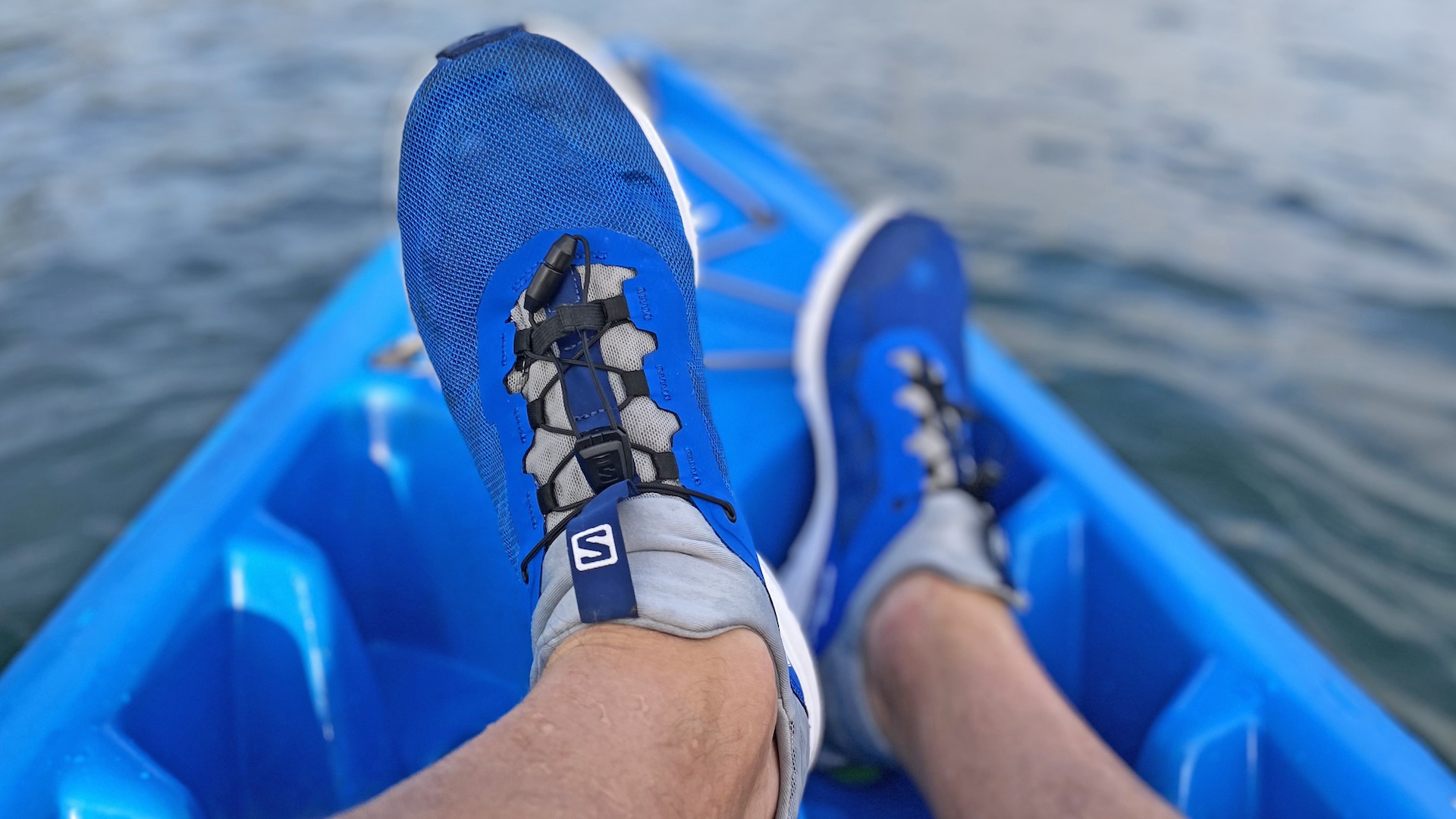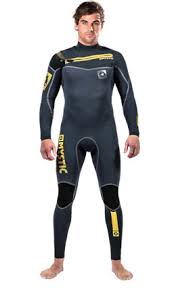Australia’s coastline, rivers, and outdoor trails often lead you from dry land straight into the water—and back again. Whether you’re paddling a kayak, crossing a rocky stream, or walking from the carpark to a reef, one question comes up often: Can water shoes really handle both land and water? The answer is yes—but with some caveats. Here’s how they perform across both environments and what features to look for if you’re after all-terrain versatility.
What Are Water Shoes?
Water shoes are designed specifically for wet, slippery, and mixed-terrain conditions. Unlike traditional shoes, they use quick-drying materials like mesh or neoprene and are built with durable soles that can grip slick rocks, sandy paths, and boat decks.
You’ll see them used in a range of water-adjacent activities:
- Kayaking and paddleboarding
- Rockpool exploration
- Reef snorkelling
- Beach walking and tidepooling
- Light trail walking near rivers or coastal tracks
Their biggest strength? The ability to transition between environments without needing to change footwear.
Performance in the Water
In the water, water shoes shine. They’re specifically made to:
- Stay snug and secure during swimming, wading, or paddling
- Offer protection from sharp coral, shells, hot sand, and unseen hazards
- Drain water efficiently to prevent heaviness or slipping
- Maintain grip on wet rocks, boat surfaces, and slippery ramps
If you’re planning to snorkel over reef flats, paddle on a SUP, or launch a kayak from a pebbled shore, the best water shoes Australia models are designed to keep your footing stable and your feet safe—without holding onto water or getting in your way.
Performance on Land
While water shoes are optimised for aquatic use, many are also built to perform well on land—at least for short distances and light terrain. Here’s what they offer:
- Traction: Rubber outsoles with tread patterns similar to hiking or trail shoes
- Comfort: Lightweight build and soft interiors for casual walking
- Breathability: Quick-dry mesh that keeps your feet cool and reduces blisters
- Convenience: No need to switch shoes after coming out of the water
They’re ideal for:
- Beachside walks
- Boat ramps and docks
- Rocky or uneven coastal paths
- Campsites near rivers or lakes
However, they’re not meant to replace hiking boots or runners on extended dry hikes or very rugged trails—support and cushioning are limited in comparison.
Key Features That Make Water Shoes Versatile
To be effective both in and out of water, good water shoes should have:
- Drainage ports or mesh that releases water quickly
- Non-slip soles with good grip on multiple surfaces
- Reinforced toe caps and solid heel construction for protection
- Elastic laces, toggle systems, or snug ankle fits to stay on during currents or movement
- Lightweight, breathable uppers that dry fast after full submersion
Shoes that balance these features provide the most value for adventurers who transition between land and sea often.
Limitations to Consider
While water shoes are versatile, they do have limitations:
- Not built for long-distance hiking—lack of arch support and cushioning
- Less protection from debris compared to boots or trail shoes
- Durability varies depending on materials; mesh shoes may wear faster on rugged ground
- Style vs Function—some trendy designs prioritise looks over grip or water drainage
If your day involves mostly walking on dry, uneven terrain, you may want traditional walking shoes and save water shoes for hybrid or water-heavy activities.
Best Uses in Australia
Australia offers the perfect environment for water shoes to shine. Some of the best use cases include:
- Reef walks and rockpools in Queensland or Western Australia
- SUP or kayak landings on rocky bays or pebbled riverbanks
- Short coastal tracks that involve beach-to-water transitions
- Waterfall hikes with river crossings in Tasmania or the Blue Mountains
- Camping trips where you need one shoe for river play and creek walks
Closing Thoughts
So, are water shoes suitable for both land and water? Absolutely—when you choose the right pair. Modern designs blend quick-drying materials, reliable grip, and foot protection that allows you to explore seamlessly from sea to shore. While they’re not a substitute for hiking boots on long treks, they’re an essential companion for coastal adventures, paddling trips, and everything in between.
If you’re someone who loves spontaneous dips, reef walks, or multi-terrain exploring, a reliable pair of water shoes might just become your go-to gear—no matter where the tide takes you.










